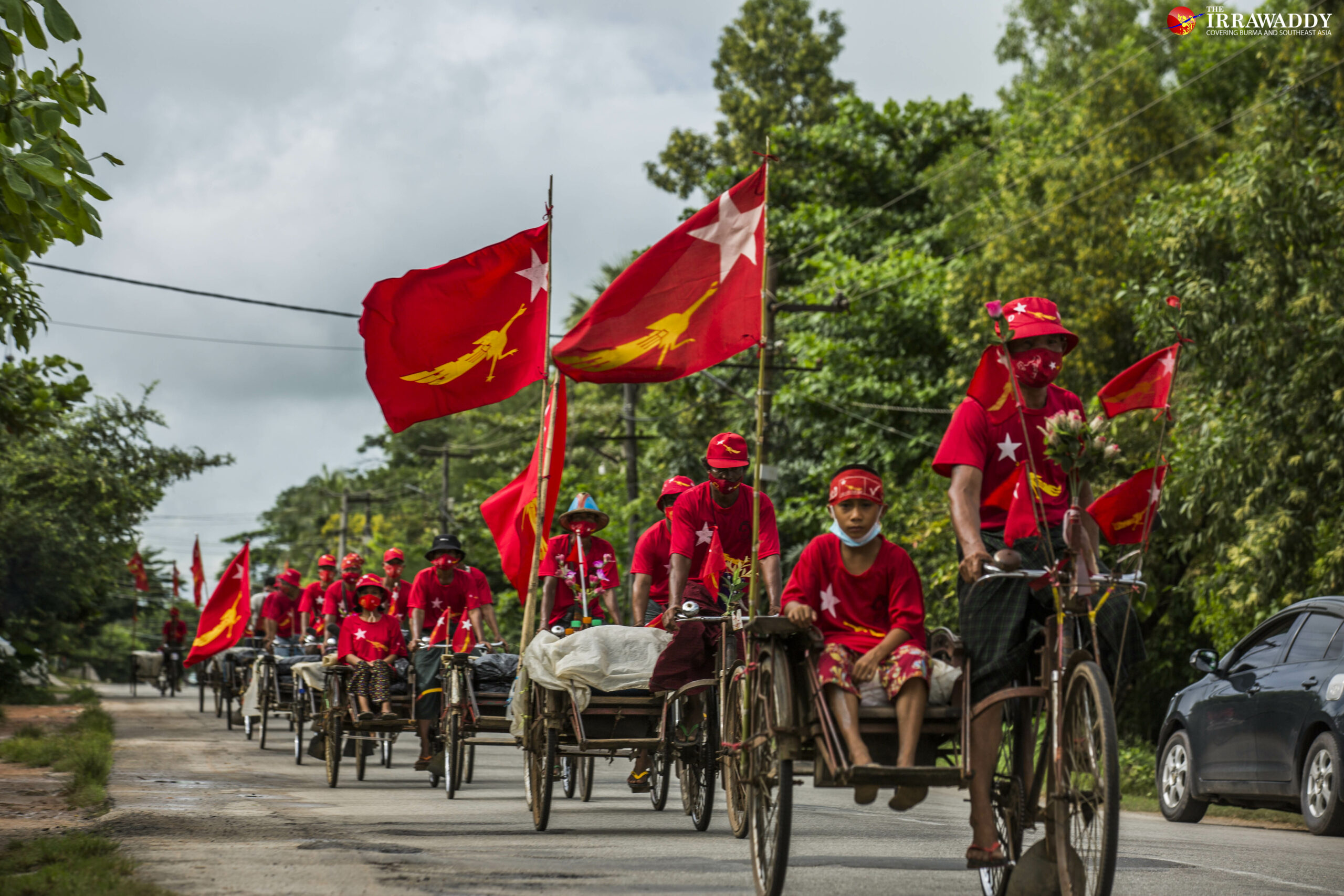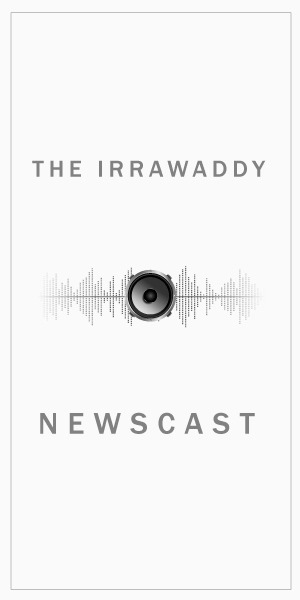With the general election on Nov. 8, Myanmar will take one more step in its democratic transition, the ongoing process of reducing and ultimately ending the military’s role in politics. That broader aim explains why so many of Myanmar’s 38 million eligible voters appear so keen to exercise their right to participate in the democratic process by casting a vote; they are eager to cement the country’s fledgling democracy and to see more positive changes, politically and economically.
That’s the whole point of the election in Myanmar.
As they assess the Nov. 8 vote, many international observers will doubtless see only the selection of certain people to serve in political positions, and of a party to run the country. While it’s not wrong, such a generalized view misses the real significance of elections here—one that is being felt keenly ahead of the upcoming vote, as it was during the previous election.
For voters here, an election is not simply an opportunity to pass a verdict on an incumbent party—whether it’s the Democratic or Republican Party in the United States, or the Conservative or Labour Party in the United Kingdom—and possibly give the opposition a chance to run the country for the next few years in the hope that it will do a better job. In countries with entrenched democratic systems, an election every four or five years is basically the electorate’s opportunity to vote in a better government.
For most of Myanmar’s 55 million people, however, elections are something more: they are an extension by other means of the political battle they started in 1988 with the pro-democracy uprising against authoritarian rule. That is to say, the very act of participating in the democratic process by voting in an election is a resolute rejection of the terrible system under which the generals ruled the country for six decades.
That’s it. But it’s a big deal. That’s why they can live with taking one step at a time—one step in the 2015 general election, in which the National League for Democracy won a landslide victory over the military-backed Union Solidarity and Development Party (USDP), and now another step in this year’s election. For many voters, their aim is simply to take that next stride.
To the people of Myanmar, it can be thought of as a continuation of the battle by electoral means.
Because to this day, the military and the generals who ruled the country for nearly six decades from 1962 to 2010 remain in power and continue to enjoy the privileges granted to them by the Constitution they themselves created in 2008. In fact, the former generals who ruled the country via the military’s proxy party till early 2016 are still trying to take back full political power by contesting the election.
The Nov. 8 election will be just the second since the 2010 vote, which the former military regime rigged by manipulating advance votes to ensure power was handed over to its own semi-civilian government the following year. And this year’s election will be the very first held under the ruling National League for Democracy, which won a landslide in the previous election held under the semi-civilian government in 2015.
That’s why this election is touted as the second free election since 2010, or even since the 1990 election, which was held freely but eventually annulled after the NLD won in a landslide.
So for most of the people of Myanmar, this upcoming election is very important, not just as an opportunity to choose a person or political party to run the government, but as a way to continue their unfinished struggle to rid the country once and for all of military control, promising a fair political system and economic prosperity.
Whoever wins the election will continue the country’s political and economic reform. One of the main missions for the winner will be to continue the effort to amend the undemocratic Constitution drafted by the former military regime. Needless to say, however, parties like the USDP and others formed by ex-generals have no interest in radically amending the charter, though they might change a few articles if it buys them political allies.

That’s why we are seeing so many people from all walks of life—from trishaw drivers to vendors to celebrities—enthusiastically hoisting the flags of their preferred political parties above their houses, vehicles and even trishaws across the country, mostly in the big cities. Obviously, many of them are staunch supporters of the ruling NLD, but the variously colored flags of numerous parties are also visible.
One new problem Myanmar is facing during this election—one we can’t get away from—is the second wave of novel coronavirus that has gripped the country. But it’s not a situation Myanmar is facing alone. It is a global problem—a new normal. Other countries that have held or plan to hold elections in 2020 are in the same boat. Among Asian countries, South Korea and Singapore held elections early this year as the first wave of COVID-19 was spreading around the world. Like Myanmar, the US will hold its general election in November. Many other nations will hold elections in the coming months, facing the same risks.
In Myanmar, the number of COVID-19 cases and fatalities has risen dramatically in recent weeks. As of Tuesday, there were over 6,000 positive patients with several hundred new cases being added every day. The death toll on Tuesday stood at 100 across the country—an alarming increase from six just a few weeks ago. Compared to other countries, however, the figures are still quite low. But the country is on edge. The government is trying to control the spike in COVID cases—for health reasons of course, but also because it is important for the nation’s political health that the election be held without major disruptions.
The election will be contested by 93 political parties. Very recently, during the ongoing second wave of COVID-19, the military-associated USDP and 23 allied parties asked the Union Election Commission (UEC) to postpone the poll. A couple of other parties added their voices to the request, but most parties, including ethnic parties, didn’t join them.
The UEC has refused to delay the election.
The current circumstances do not yet warrant a postponement of the election, but the government, the UEC and all political parties have a responsibility to minimize the effect of the election on the spread of the virus, both during the campaign period and on election day. Their political campaigns should be conducted in such a way that they do not harm public health.
Barring a significant deterioration in the COVID-19 situation, we’ll see millions of enthusiastic voters flocking to the polls on Nov. 8, as they did in 2015. It will not be like an election in other countries. This will be an election in which voters once again express their firm rejection of the old order, the establishment that ruined the country, while voicing support for the forces of liberal democracy in this Southeast Asian country—and for those who are in a position to consolidate the people’s power and continue the country’s still endangered democratic transition.
You may also like these stories:
China Grows More Assertive Ahead of Myanmar’s Election
In Myanmar’s Karen State, Ex-Insurgents Create a Haven for Chinese Casino Bosses
Sino-US War of Words in Myanmar a Test of Naypyitaw’s Allegiances

















